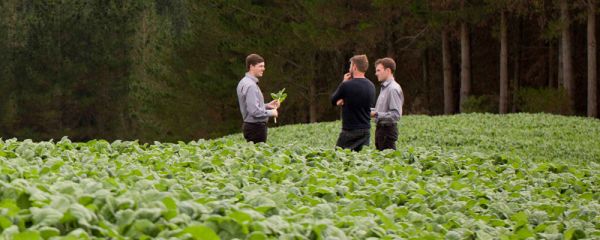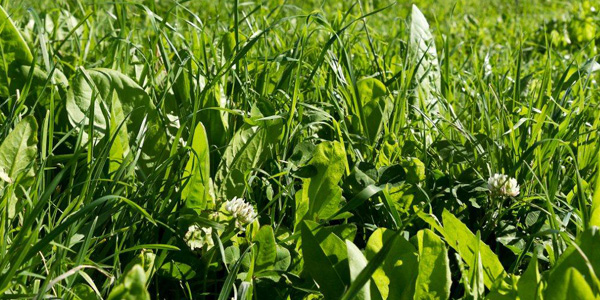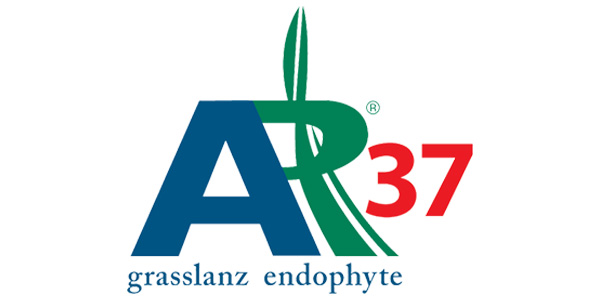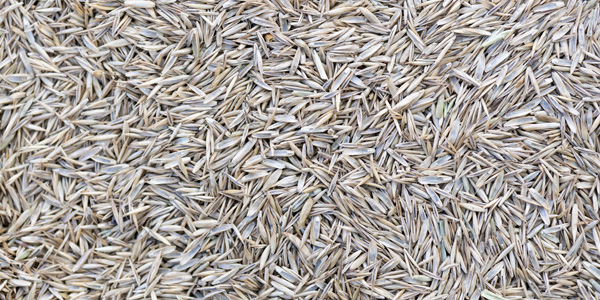
Lucerne Maintenance
Lucerne Maintenance
Maintenance Fertiliser
The performance of lucerne will decline after a few years if fertiliser and lime are not applied at adequate levels to maintain soil fertility. Soil tests should be repeated at the same time each year to pick up any decline in nutrients.
A common mistake with lucerne is underestimating the nutrients removed in hay or silage. Each tonne of drymatter harvested will remove 2.8 kg of phosphate, 22 kg of potassium and 2.8 kg of sulphur. This should be replaced with fertiliser in addition to the base fertiliser required for grazed lucerne (e.g. a stocking rate of 20 s.u./ha will require about 30 kg P/ha annually).
Fertiliser should be applied immediately after the first cut or graze in spring. For continuously cut crops, 1-3 applications may be needed, with rates dependent on the amount harvested.
Often farmers correct the soil pH before planting, but then forget to reapply lime to maintain pH during the life of the crop. Typically, 2.5 tonnes per hectare is needed every 3-5 years.
Irrigation
Lucerne stands can be damaged with incorrect irrigation management, by increasing the time soil is waterlogged and weed seed are able to germinate. Lucerne is a much deeper rooted plant than ryegrass, so it is better to apply higher rates at less frequent intervals (e.g. 70 mm every 14 days in summer). Application rates should not exceed the capacity of the soil. It is also better to delay irrigation for 10 days after cutting/grazing, to coincide with the period that lucerne has greatest demand for soil water (the last half of the period between cuttings). This will also reduce weed growth by keeping the soil surface drier whilst the lucerne canopy is re-established.
Performance & Persistence
Lucerne can grow up to 20 tonne DM/ha on irrigated areas and 10-15 tonne DM/ha from deep dryland soils per annum. Persistence is dependent on management, but over 15 years has been seen in drier areas where the pressure from weed grasses is less, with a more typical range of 5-8 years.
Animal growth rates are normally very good on lucerne (350+ g/day has been seen in lambs prior to weaning and 250-300 g/day post-weaning). If the grazing times are correct, then the quality is very good. As the plant matures the amount of stem increases reducing the quality. Green leaf to stem ratios in lucerne tend to decrease as the season progresses, with a decline in quality in late summer and autumn.
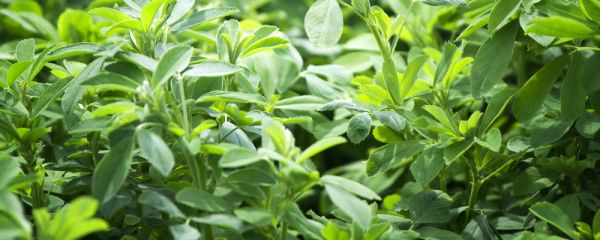
Our Legume range
VIEW PRODUCTS